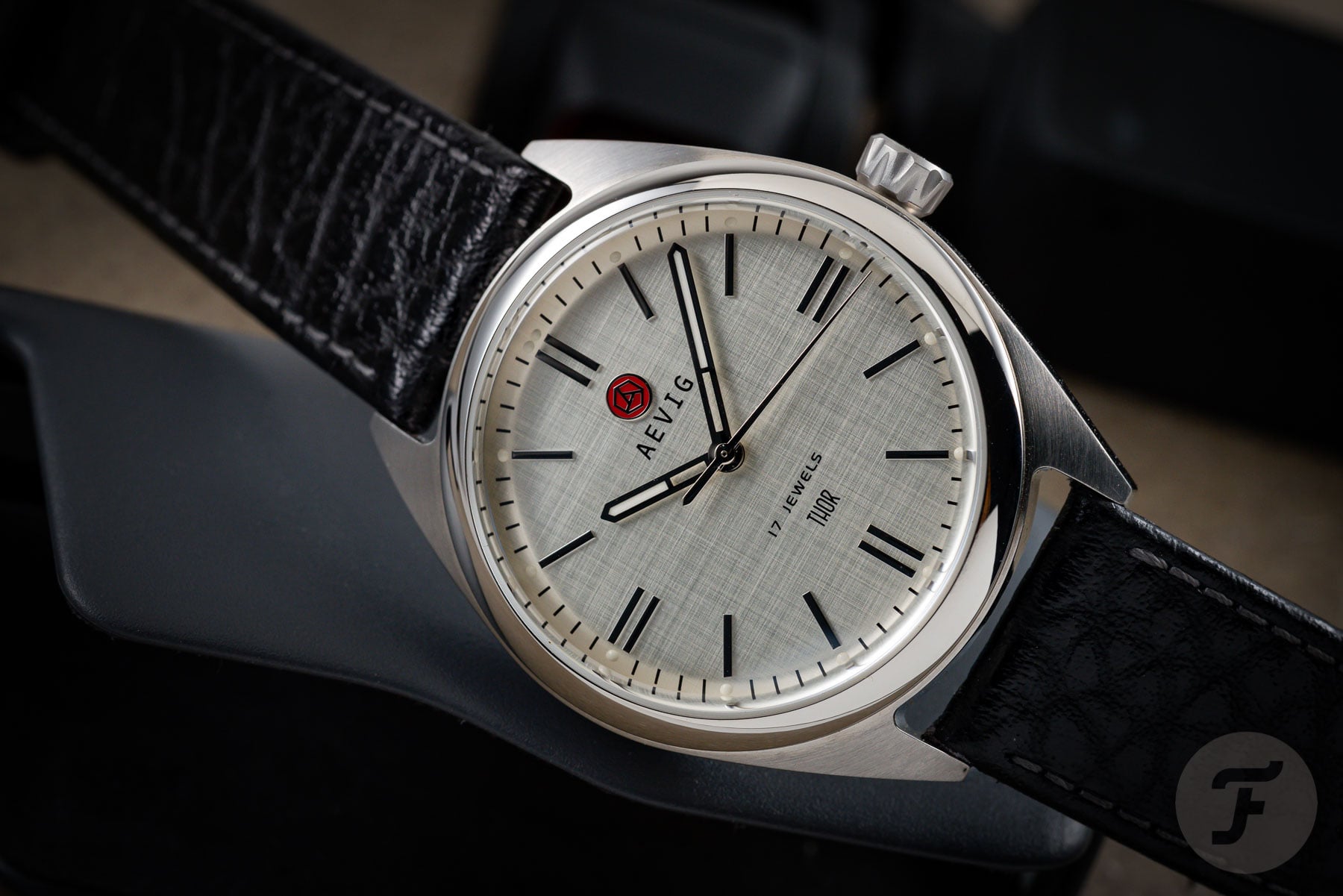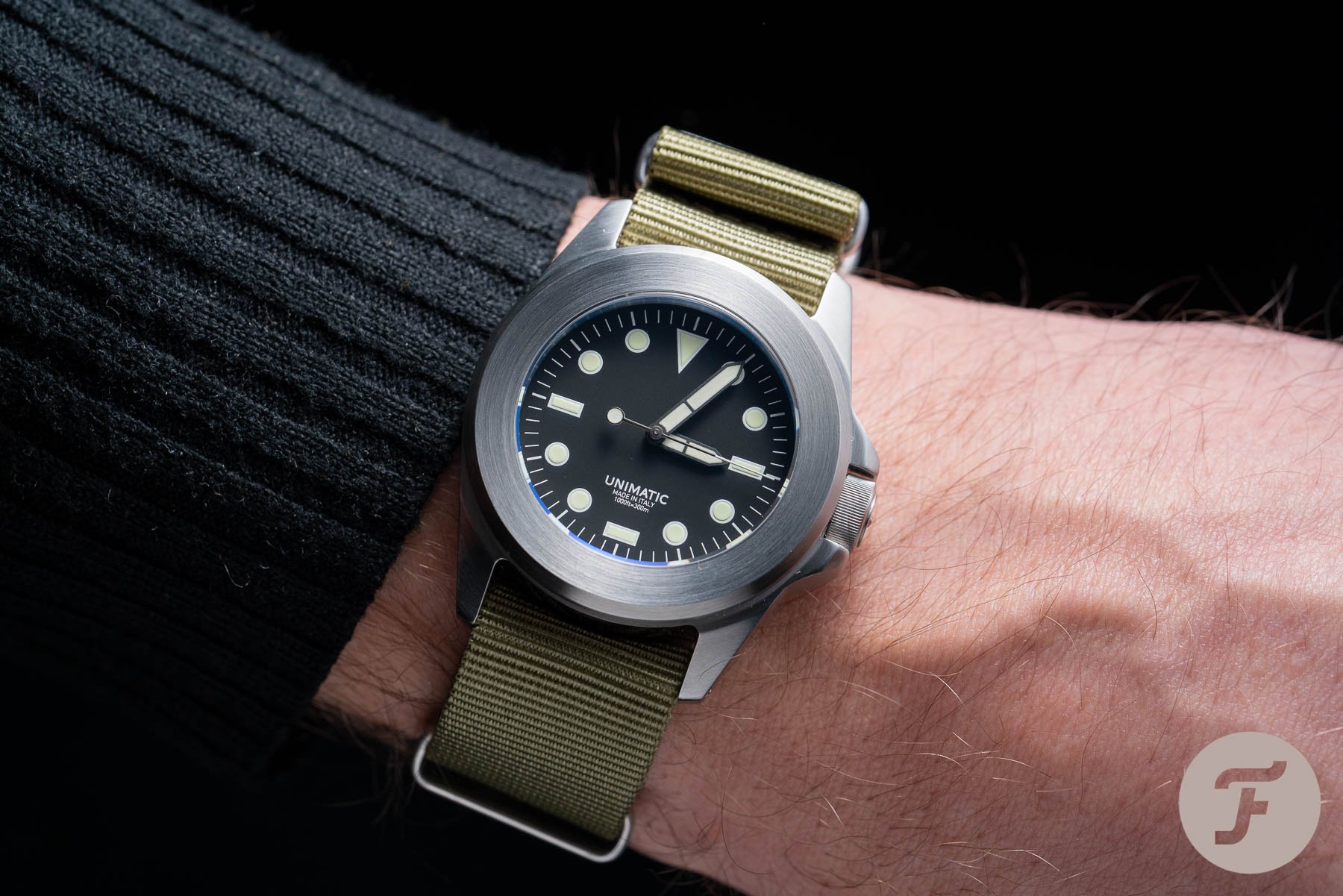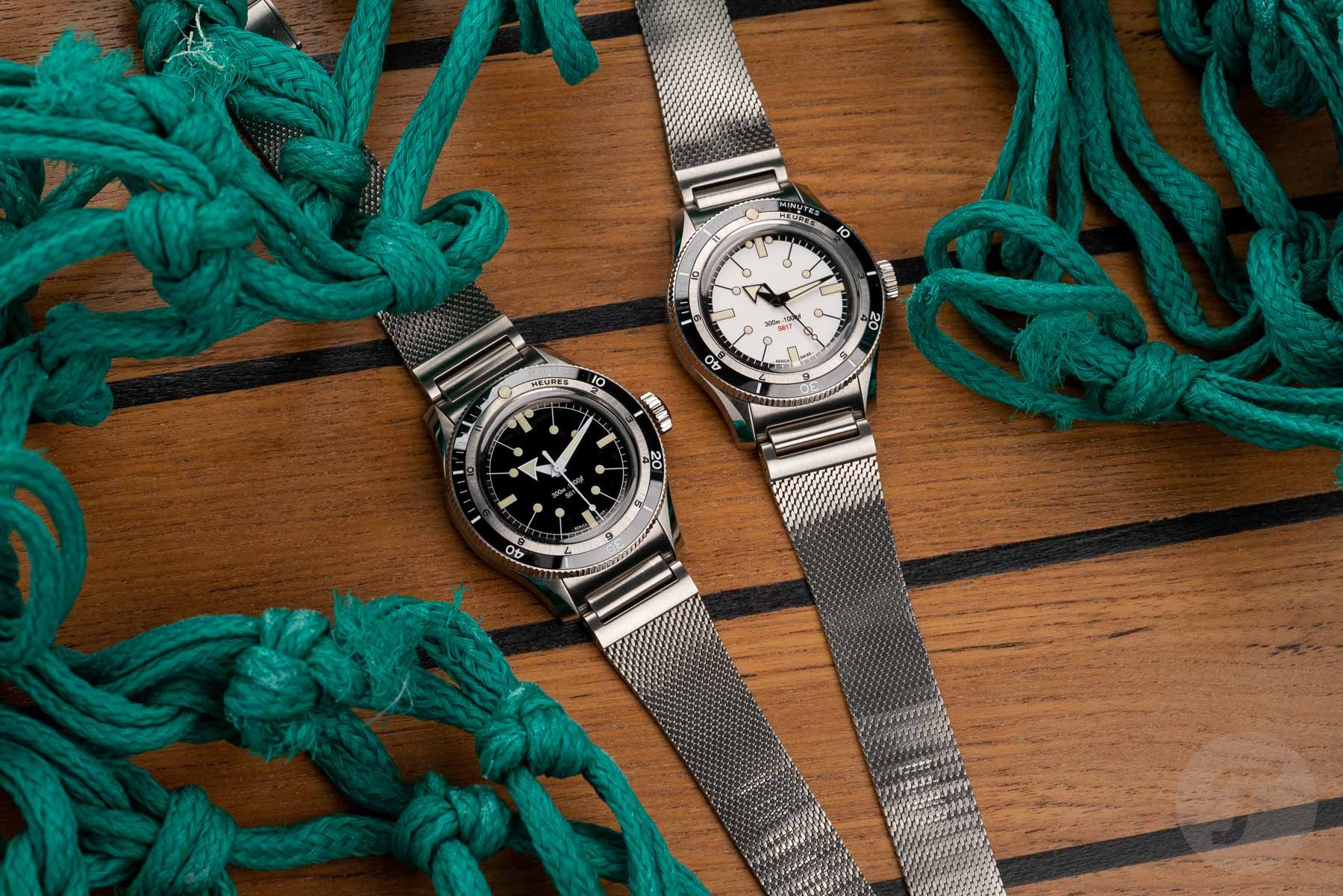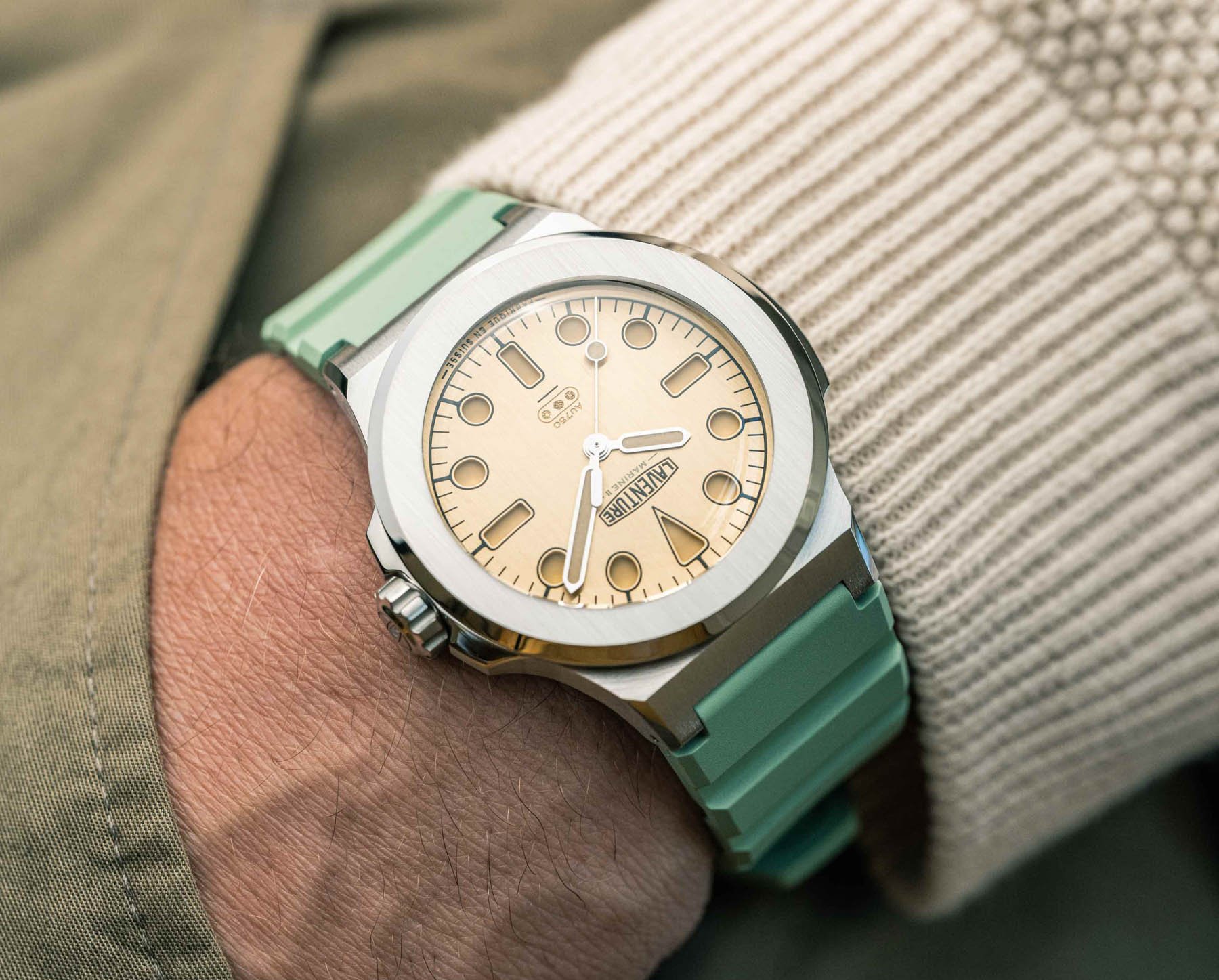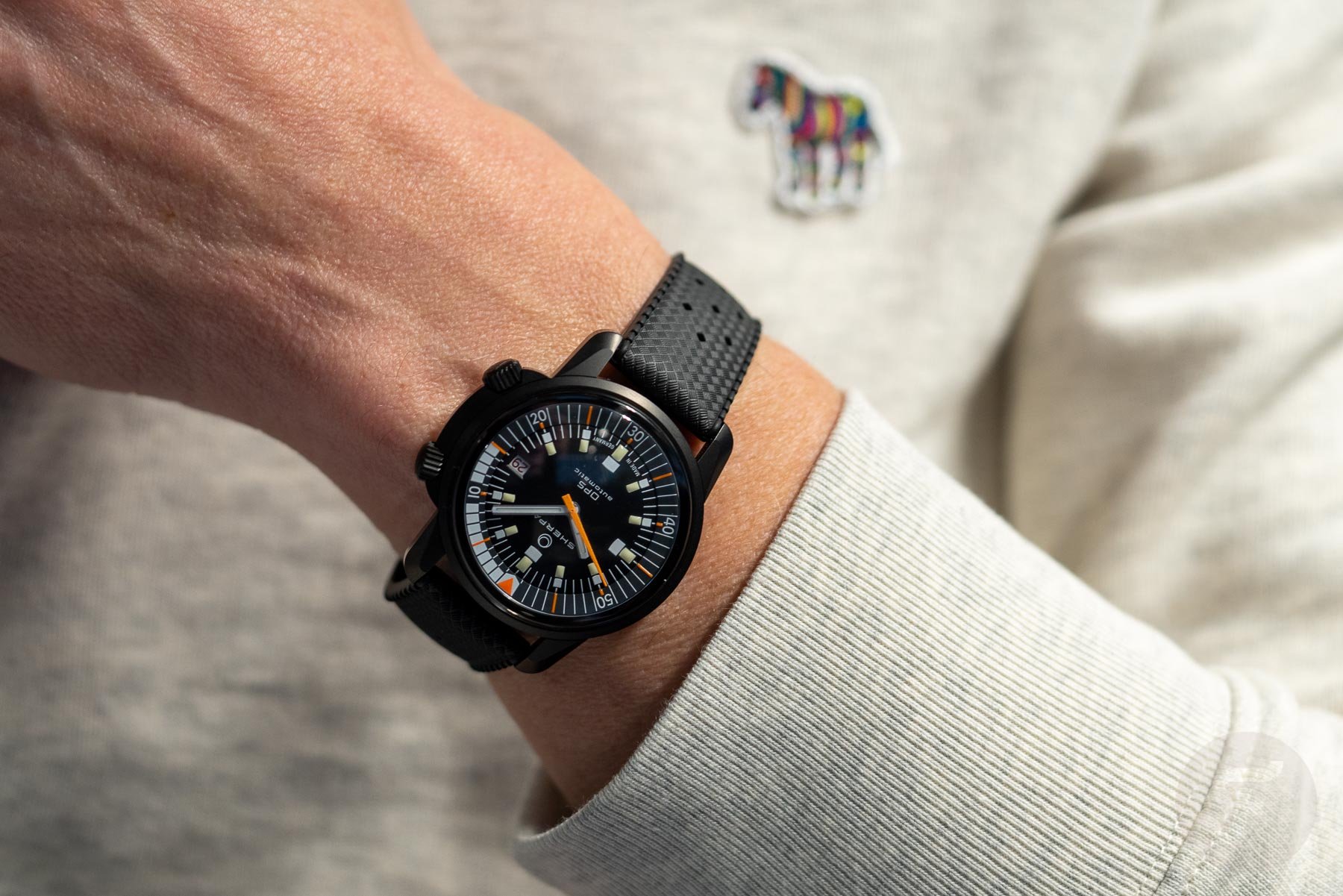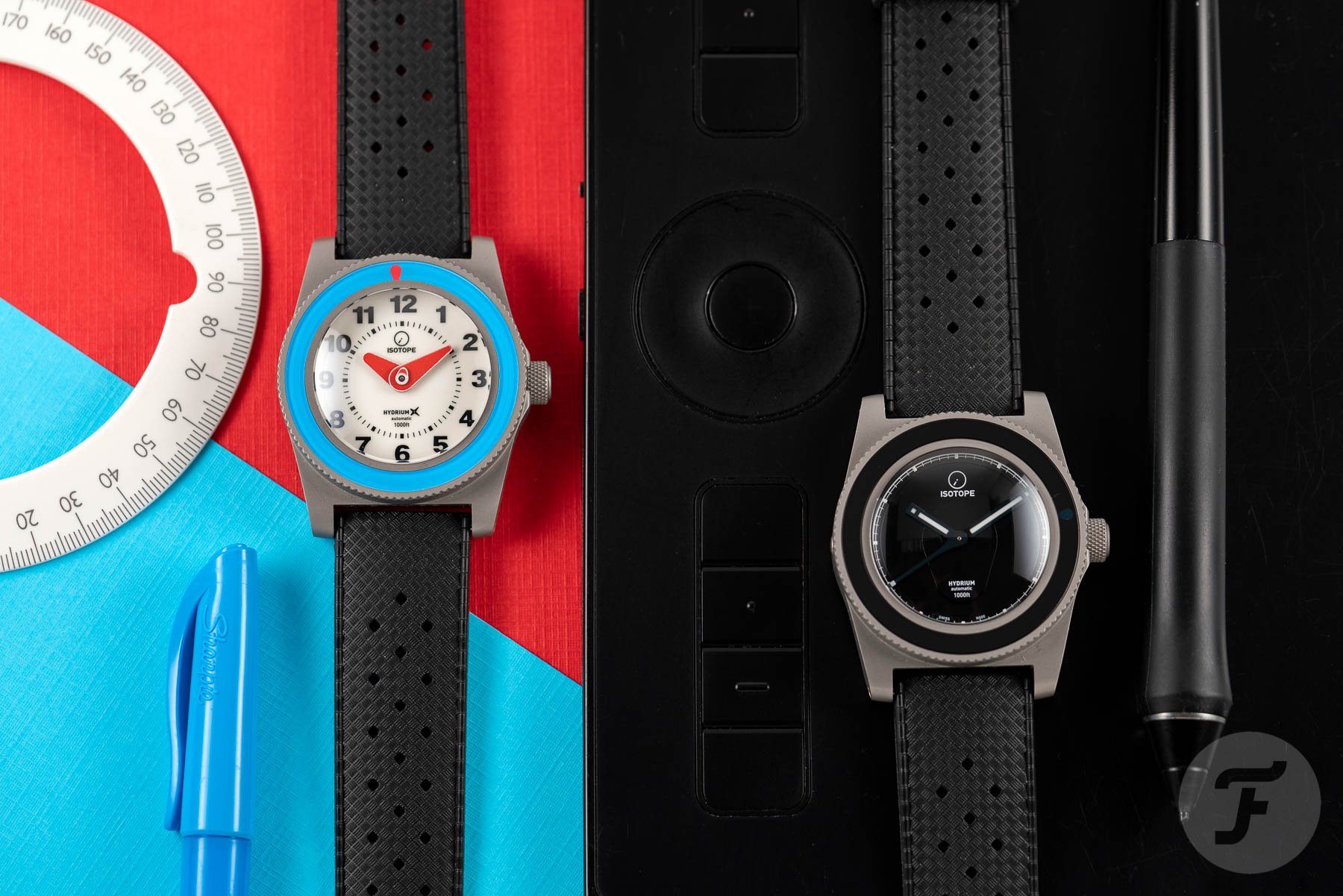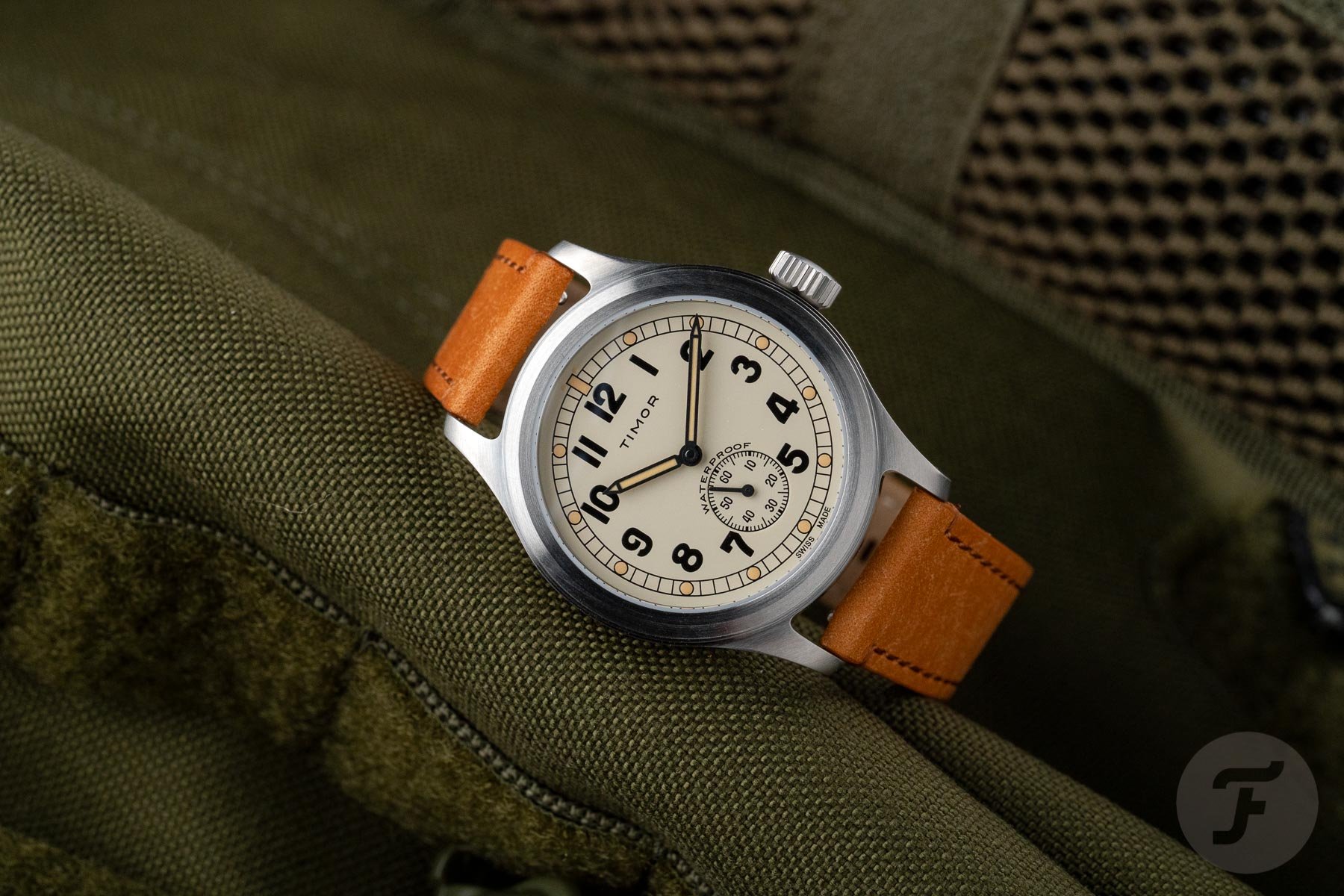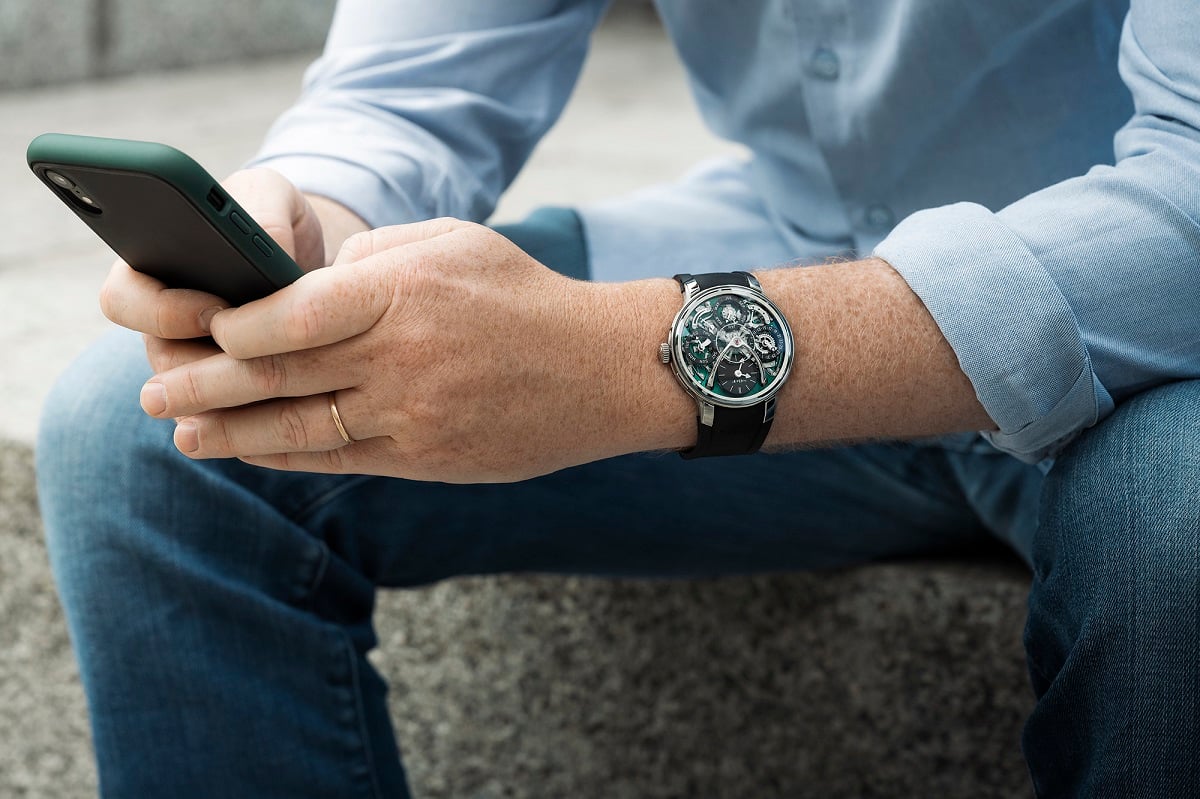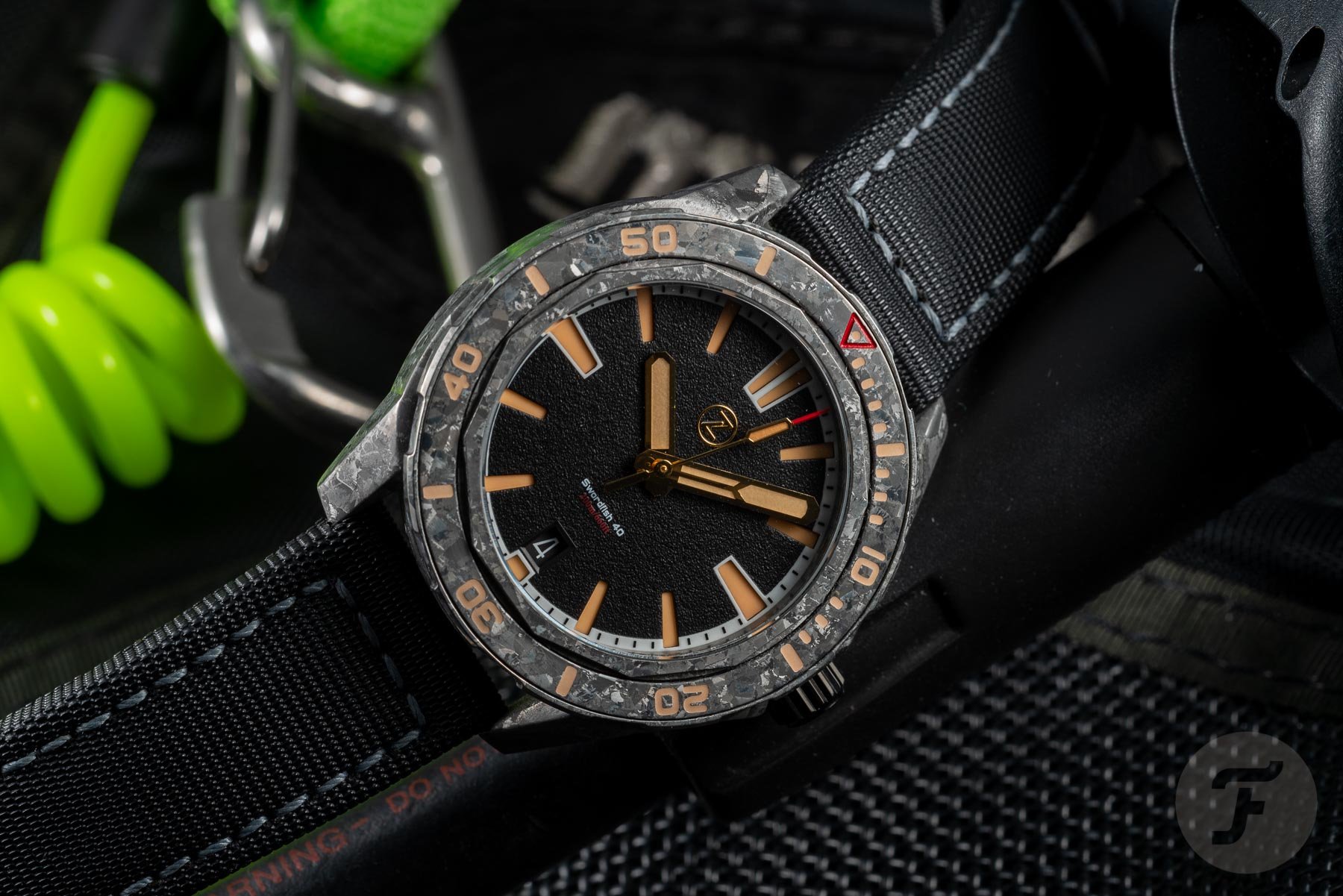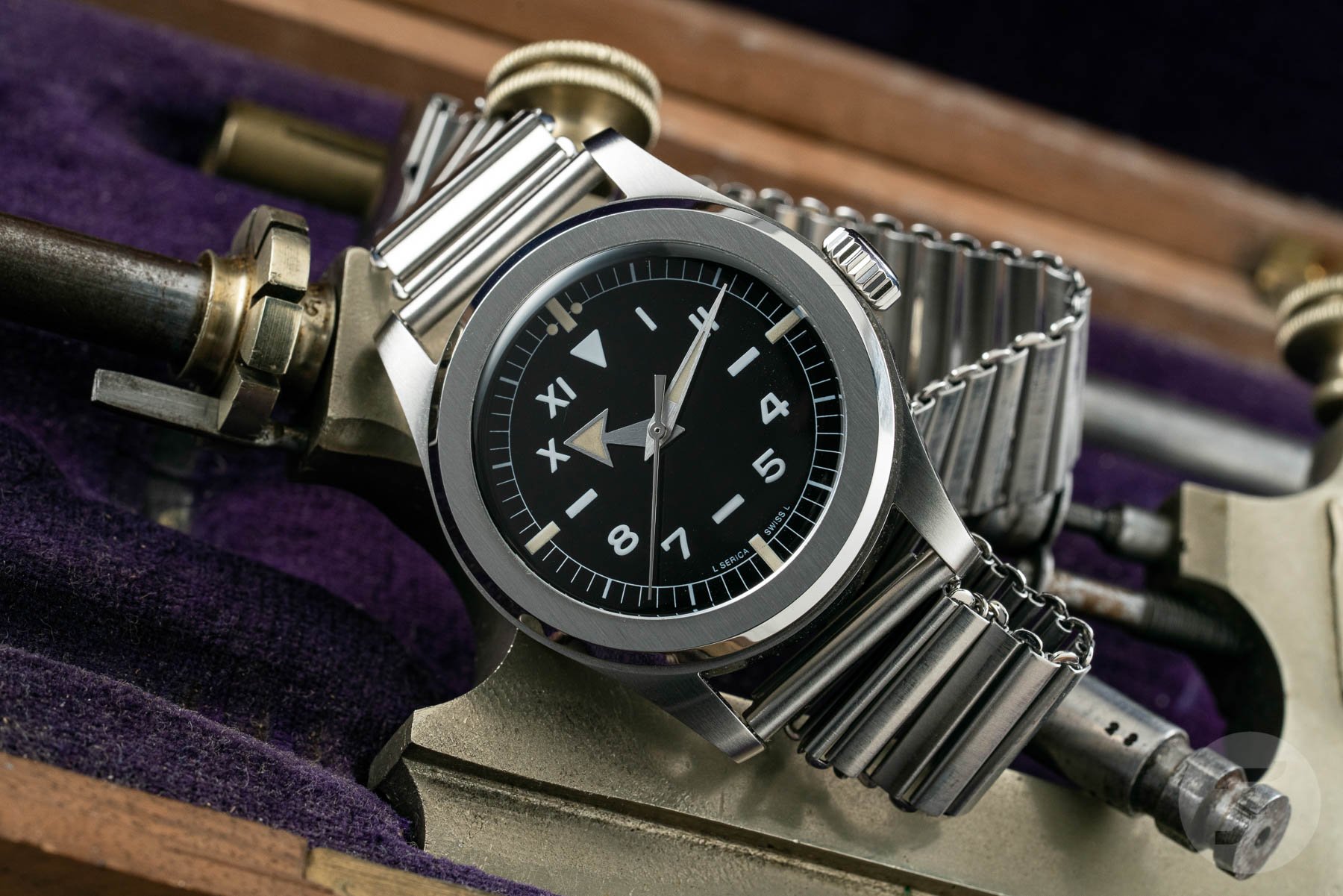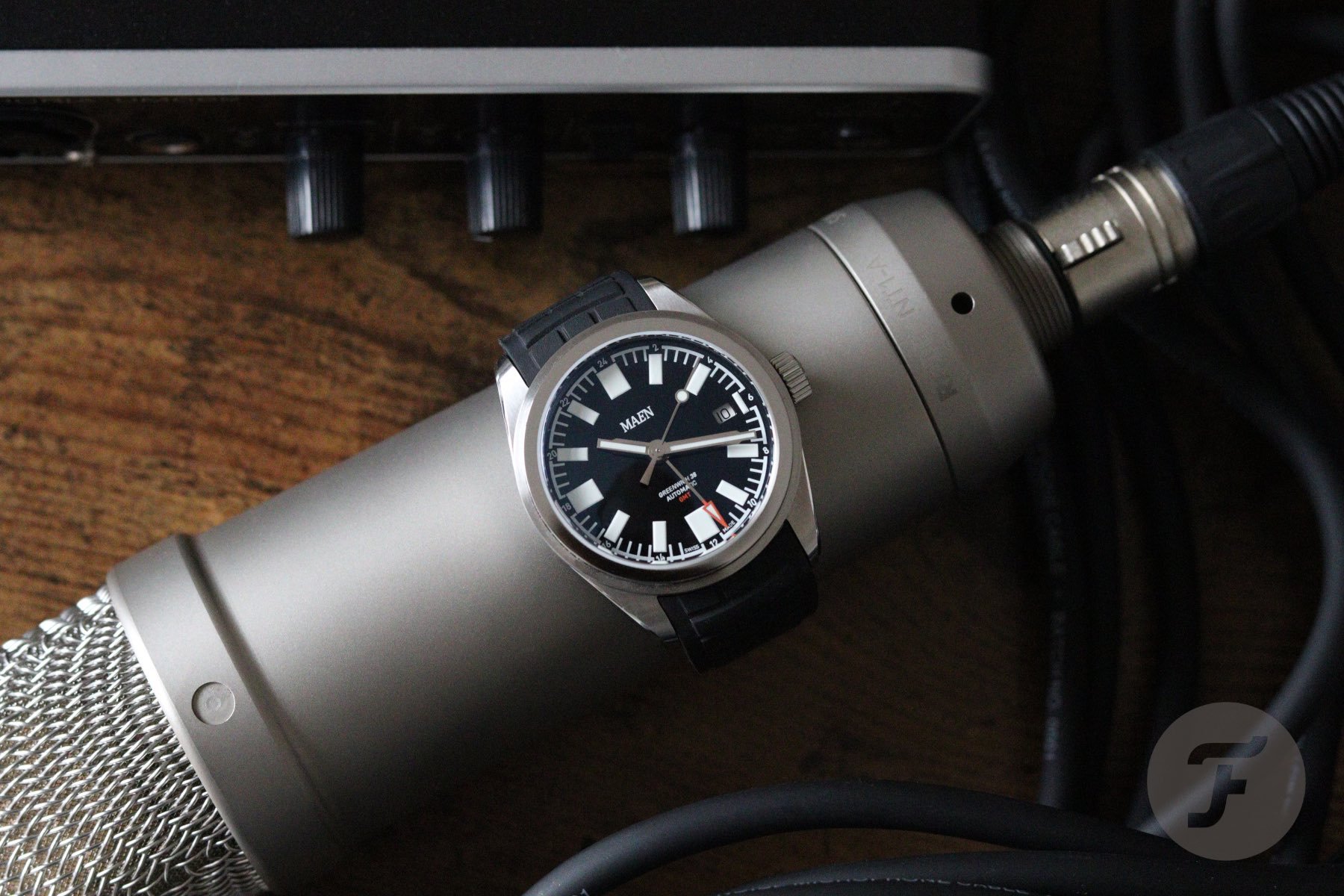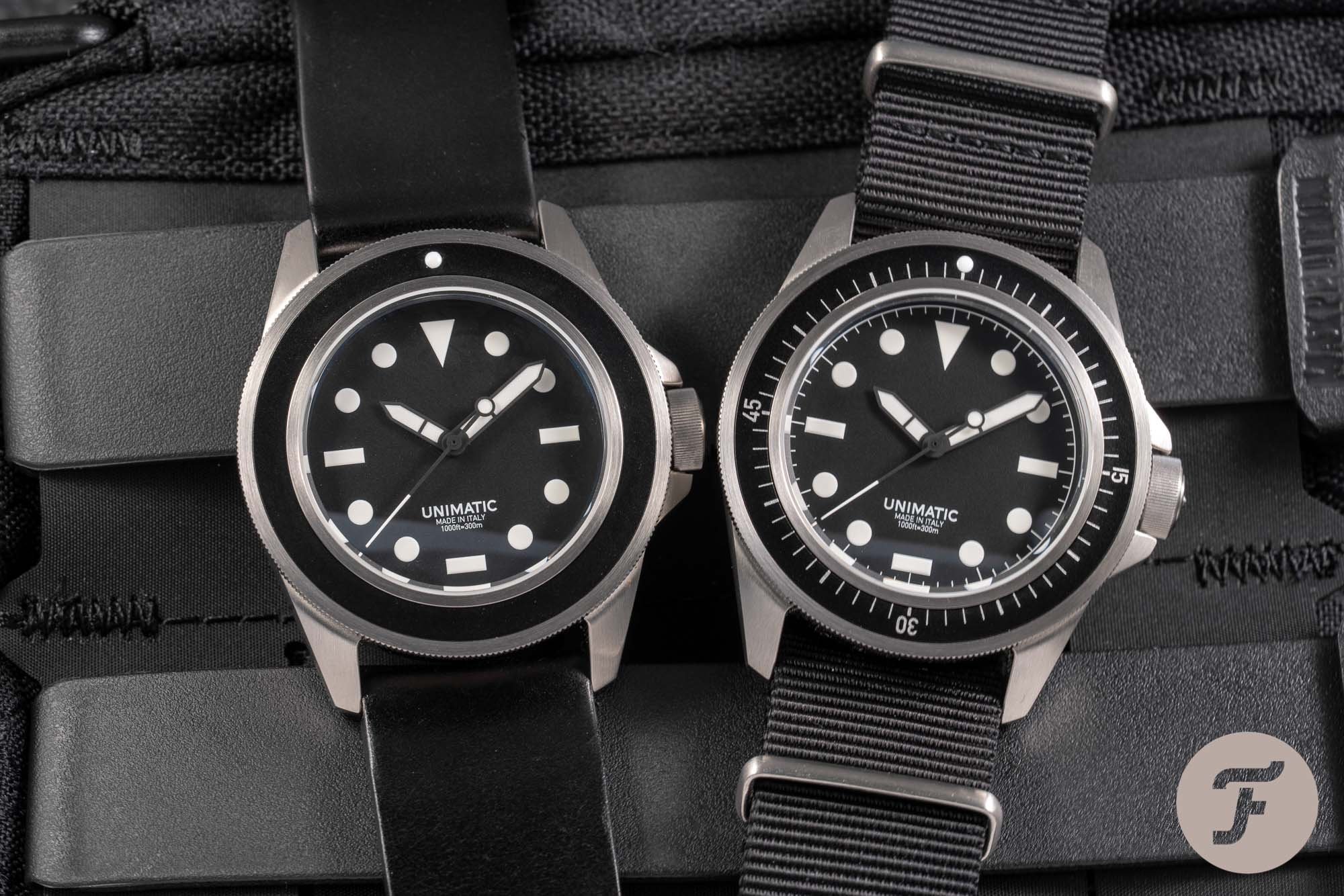Watch Microbrands 20 Years From Now — A Look Into A Plausible Future
Starting your own watch brand or reviving a gone-but-not-forgotten one has never been easier. Both the hardware and the software side of all things watches are in favor of the bold entrepreneur. Materializing your passion for watches is now possible thanks to like-minded people and with a little help from Kickstarter. It’s the microbrand way. And it could well be the way to great success. Small, independent, passion-driven microbrands like Unimatic, Aevig, Zelos, Serica, Isotope, and Maen have found their way to the world stage of watches. That’s because these brands know exactly how to touch the heart of the watch aficionado; their founders’ hearts beat for watches too. But how will watch microbrands 20 years from now fare? Here are a few of my thoughts about a possible future.
Bless technology. Thanks to the rapid evolution of computerized design, machining, and production, creating a watch from scratch has never been easier. That’s because technology helps every party involved in the creation of a watch, from the mastermind behind the new watch brand to the specialized partners that are involved in the watchmaking process. And not only has technology made things easier, but it has also made the end product better. The quality of watches by affordable microbrands is on a steep and steady rise. We have to be honest and give credit where credit is due. And most of the credit goes to Asian manufacturers. That’s because they can produce and deliver a wide array of quality parts at a relatively low cost. Hey, some major Swiss brands use parts from Asia to build their watches, so why can’t microbrands do the same?
Microbrands 20 years from now – The birth of a dream watch
Somewhere in a study in, let’s say, Schiedam (NL), a passionate, entrepreneurial watch dream is born. It’s one made possible by not only technological evolution but also by the capabilities of the World Wide Web. Countless emails with drawings, explanations, and price negotiations are sent back and forth, and several Zoom meetings to further explain the idea take place. The great thing about a microbrand that has its origin in the study of an active watch aficionado is that the founder has a deep understanding of “the scene”.
The time spent consuming watch-related content may cause heated discussions at the home of this passionate enthusiast. Nevertheless, it all helps an aspiring microbrand founder understand what a sometimes very narrow target group wants, needs, and desires. That makes sense, as the founder is part of the community to which he/she/it is trying to sell the watch idea. A microbrand is able to sell exactly what the target audience requires, whereas an established big brand takes an educated guess.
Targeting and engaging the right people
Once the funding of the “watch baby” is done — Kickstarter and Indiegogo are easy and great ways to present and interest people in a watch vision — and the watch is (finally) made, a multifunctional website and social media presence are activated to sell the “baby”. Never has it been easier to target and engage a highly defined target audience on a global scale. A microbrand — like Unimatic, Aevig, Zelos, Serica, Isotope, or Maen — can find and engage an audience wherever they are in the world. Swiss Made may be an established symbol and “Swissness” some sort of valuable feeling, but microbrands can tap directly into the heart of a watch fan. And on top of that, when done right, a microbrand can develop into a highly profitable business. Lean overheads are the icing on the cake.
Fast-forward to the future
Fast-forward to the future because while starting something might be relatively easy, maintaining it is something else entirely. When the mastermind behind the watch has quit their day job, the business is no longer a solo operation, and the development of a new model is underway, things get serious real quick. And when things get serious, when the operation has to transform to a proper business, the passion dies; sounds like the title of a soul ballad, I know. Running a business brings with it a lot of extra hassle, as do problems that arise when securing up-front investments. These real-life issues can cause a microbrand to lose touch with its critical target audience, and in the end, can lead to its disappearance. As with so many things online, being hot and in demand is quite often a Warholian fifteen-minutes-of-fame kind of phenomenon.
The rise of microbrands, and the rise of prices
That might not necessarily be a problem for enthusiasts since affordable microbrand watches are not investment pieces. First and foremost, you buy a microbrand watch to enjoy it. You buy a Rolex to impress and be seen by others; you buy a microbrand offering for completely different reasons. But with the rise of microbrands, the prices also rise. The Laventure Marine II with its solid gold dial is a CHF-3,850-before-taxes kind of watch. And the Sherpa OPS will set you back €5,800. Those are serious prices for a watch from a microbrand — a person-driven entity — that might disappear from the scene in the near future. The watch may continue to run if the movements used inside can be serviced by any trained watchmaker.
But for a price of several thousand Euros, which is for most people a substantial amount of money, continuity and even brand recognizability start to play a role. And these factors could well be even more important than the premium build quality and finishing, and the use of high-quality, carefully sourced materials of the microbrand watch in question — like the aforementioned watches from Laventure en Sherpa for instance.
A matter of trust
Trust is a major factor when it comes to luxury watches. The consumer is willing to pay X amount of money for a watch from brand Y because he or she trusts the brand. That trust consists of both emotional and practical elements. A certain brand may have a long history, playing an important role in the history of watches. The brand may also be visible on the wrists of peers, in advertisements, as sponsors of sporting events, et cetera. Over time, a brand like this earns a good reputation. Now is a good time to bring out the trusted cliché, “trust takes years to build, seconds to break, and forever to fix.” When you shell out several thousands of euros for a watch from a microbrand that folds shortly after, a feeling of betrayal is a very real possibility.
A different kind of special
Sure, some people like wearing watches from defunct brands. In a way, to them, it makes those watches more special. But most people prefer a different kind of special. A special or limited edition from a trusted brand, for instance. The transition from a one-person operation to a full-fledged brand is a difficult one. A fabulous product can lead to a great brand, but there’s definitely no guarantee. High-end independents such as MB&F and Urwerk deal with powerful investors and are constantly working on new, complicated, original, and impressive haute horlogerie creations. Their watches are admired by high-rolling collectors, and the brands prioritize their identity and recognizability. Microbrands, however, operate on a much smaller scale and often don’t have the luxury of such lavish budgets.
Against the establishment
It’s so much harder for a microbrand to take the next step — the step to becoming a large-scale brand. That’s also because microbrands are often in competition with the establishment. Microbrands compete with the Seikos, Longines, and Tissots of the world. In comparison, the MB&F Legacy Machine Perpetual EVO competes with the Pateks, Langes, and Audemars Piguets of the world, but with one major exception. The buyer of an upper-echelon MB&F creation quite possibly already owns a range of other high-horology watches from both well-established and up-and-coming brands. And in the near future, that buyer will be in the market for yet another new collectible from either a traditional or a nouvelle horlogerie brand. Traditional brands perceive the high-end newcomers as a breath of fresh air and an enrichment to the world of super luxurious watchmaking.
Also, a pond filled with rich collectors is a lucrative pond to fish in because the “fish” are fat and tend to come back quite regularly; that’s what well-off, fanatical collectors do. A microbrand that wants to be here for a long time needs a constant and populous supply of fresh “fish”. And, in general, these kinds of customers also need to keep a much closer eye on their spending than collectors who operate in the upper echelons. To put it bluntly, it’s easier to make a healthy profit by making just a few high-priced watches than it is to do so on the opposite side of the spectrum. Lower sales prices require high sales volumes to keep the microbrand alive.
Keeping the watch dream alive
There is a chance that the hottest microbrand watch of the moment will be forgotten very soon. But I don’t want to end with this gloomy conclusion. And that’s because the love for watches is what makes microbrands valuable. This sector is where true horological love blossoms. And talking to other watch lovers on forums is contagious. It’s the enthusiastic, educational interaction between microbrands and watch fans that helps keep the archaic world of mechanical watches alive.
And as my colleague Dave recently wrote, buying watches from microbrands allowed him to experiment and explore. What these brands also do is keep the establishment on its toes. Microbrands are attuned to trends, preferences, and needs. Microbrands often lead because they can quickly adapt to changes in demand.
Watch microbrands 20 years from now — An educative and inspirational function
Maybe it’s like this: watch microbrands 20 years from now will likely be different than the ones you see today. The way Unimatic is developing is impressive. I can see that brand sticking around because of the way that it’s growing, but also because a big luxury group might find Unimatic promising enough to take it to the next level. That said, some microbrands will slowly fade away, partly because people these days like to find their own paths. When a father starts a watch brand, there’s no guarantee that his sons or daughters will automatically take it over. The majority of people who start a watch brand don’t have a watchmaking background, and the days of Breguet when people were “stuck” in the family business are also long gone.
Even Thierry Stern had to think long and hard about whether he wanted to take over the reins of the very lucrative Patek Philippe watch business from his father. Taking over a passion project from an ancestor is something entirely different. The chances of the microbrand disappearing along with the person who started it are very real.
Anyway, microbrands may come and go, but that “circle of watch life” keeps the world of watches in motion. Microbrands are educators and inspirers that create aspiring watch fans. Microbrands may not be the legends of the future, but they sure are the keepers of the flame.
Please find and follow me at Lex Stolk • Instagram

